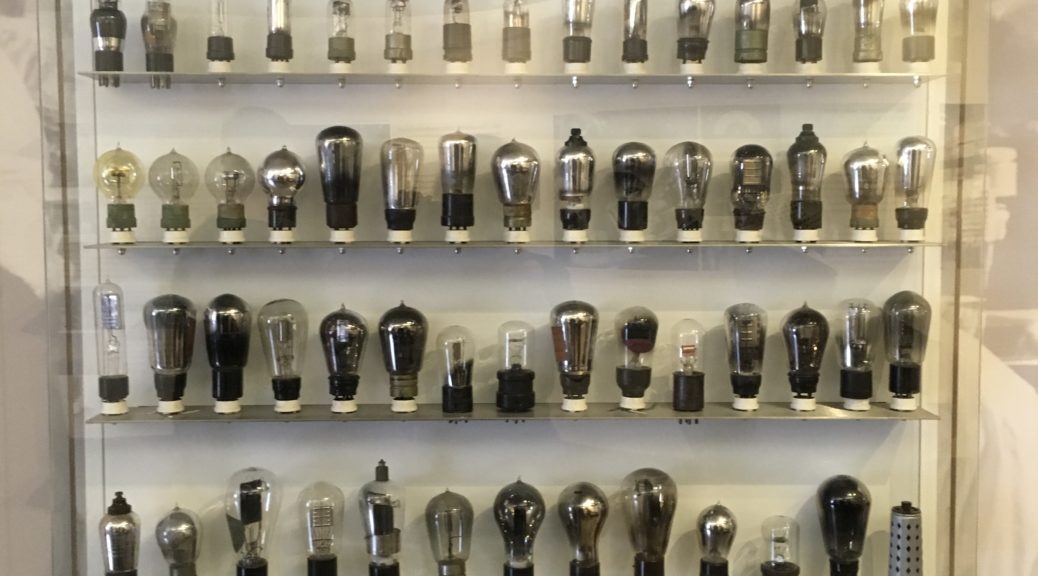
Invisible Cities
As Andrew’s noted, I’m the only member of Wharram Percy’s crew who’s ever been excited to cruise through Milton Keynes. This is the result of much criss-crossing of the canal here from above, as a traveller in the hyperspatial web of non-Euclidean weirdness that is the hodological manifold of MK40 (it’s no coincidence that its postcode sounds like a Messier object), thanks to the presence of the Open University campus – site, over the years, of many a conference, PhD viva, and seven long years’ external examining. The OU is in a remote corner of MK from the station, so I always take a bike on the train with me and derange my relationship with normal 3-space to navigate the segregated network of cycle routes.
This is how you find out that MK is a very strange town. For one thing, it’s invisible. The Milton Keynes Development Council laid down that no building outside the city centre should be more than three stories in height, so none of the suburban-style estates from which the housing is built rises above the treeline, and you have no idea where you are or even that you’re in an urban area, because you can’t see anything of your surroundings. Recent years have seen some relaxation of this regulation, and we passed the skeleton of a seven-story structure in the new marina complex rising on the other side of the canal from the one I pass on the cycle route. But most of the time you’re in low-lying land at the bottom of hills with the sound of distant motorways and no idea what’s beyond the trees.
Milton Keynes’ indigenous inhabitants are roundabouts, which squat troll-like at every intersection and move around after darkness falls, chuckling to themselves at a frequency below human hearing but which makes owls fall senseless from the branches. Beneath each is a node in a maze of underpass tunnels connecting and randomising the redway routes so that you end up spun around 90 or 180 degrees from where you thought you were and cycling merrily off in the exact opposite direction while the roundabouts chuckle among themselves and the owls softly tumble.
Milton Keynes is also constructed like China Miéville’s The City and the City out of overlaid but non-interacting parallel dimensions. The road system is braided with a segregated route network for pedestrians and cyclists called the redway, supposedly for its red tarmac surface but more likely because it’s located in an area of the spectrum that borders the limits of the humanly perceptible. Navigation is impossible, because all you can ever see from either motorway or redway is the road you’re on. I’ve never managed to trace the same route twice. Sometimes you’ll cycle through the back of an invisible giant’s wardrobe and emerge into one of the original villages that Milton Keynes was built around, looking exactly like it did when it was real.
If you go back through the archives, you’ll see that Andrew’s blog posts about MK have been mostly about the yearning to escape it. This is because Milton Keynes goes on for days and even when you’re out of it you can never actually be sure that you’ve left. Everywhere is an unimaginable distance from everywhere else. To go to the shops over the road you have to climb aboard a vehicle and set out on a kind of videogame quest one roundabout at a time. The Gormenghast of English new towns, Milton Keynes is an urban conglomeration whose circumference is nowhere you can see and whose centre is everywhere out of sight. Even when you think you’re out, it’s like the end of Titus Alone where you can feel yourself carrying Milton Keynes permanently inside you.
It’s not just the outside spaces. Earlier this year I was incarcerated in the OU for most of a week doing a review of the Arts & Humanities programme, and at night the reviewing panel were transferred to overnight cells in the walls of the Milton Keynes stadium, which houses a hyperspatial hotel with vast circular corridors that lead you entirely round the stadium before returning you to your starting-point. While we were there, the stadium were setting up for a Take That show, and all the windows on the side looking into the stadium had the blinds down for legal reasons. At one meal a small child from a neighbouring table had wandered off to peer expressionlessly through a slit in the blinds and came back with a deep expression of dark new wisdom like the loser of a staring match with the abyss.
Appropriately, Milton Keynes borders on Bletchley and its once invisible theme park of secrets. We think of the BP codebreakers as mathematicians and computer pioneers, but a large proportion of them were classicists, some of whom taught me as an undergraduate in the seventies, though we knew nothing of their war work at the time. One such was John Chadwick, plucked from the second year of his BA to work at Bletchley Park. After the war he became famous for a more visible achievement in codebreaking, as Michael Ventris’s academic partner in the decipherment of Linear B. Some of the original Bletchley classicists are still around: Donald Russell, Emeritus Professor of Classical Literature at Oxford, celebrates his ninety-ninth birthday in a few weeks, and is still working – he and I both have chapters in a book out next month about his old supervisor, who in addition to being Regius Professor of Greek was a lifelong part-time ghostbuster.
Margaret was taken with this display of vintage valves in the Bletchley Park radio museum.

Finally, here’s Paula at work on the sun. She told me not to photograph her butt.
